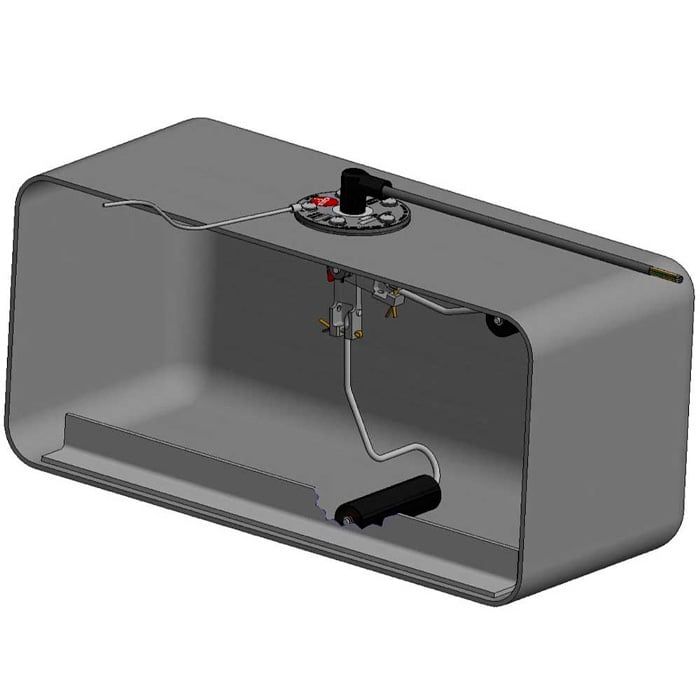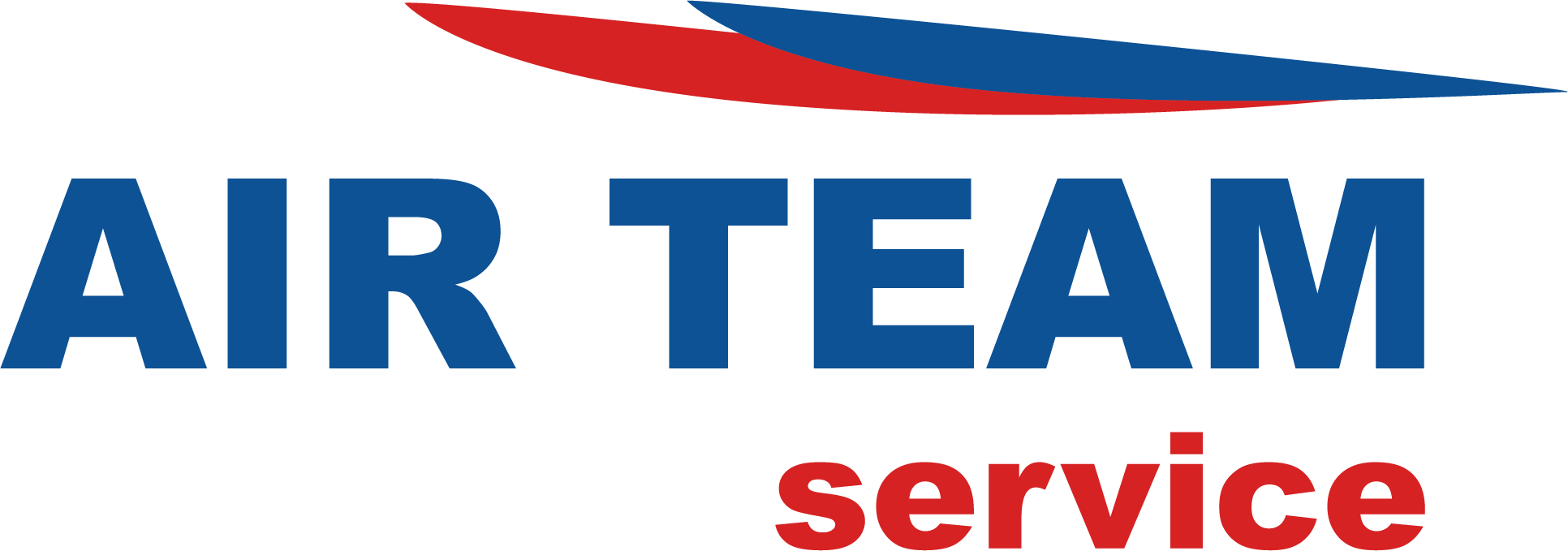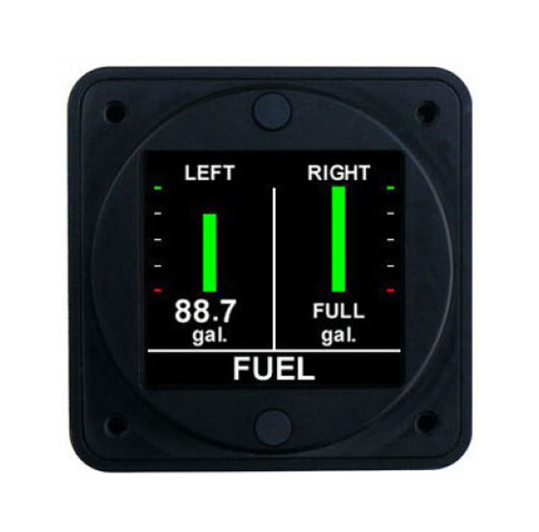
Aerospace Logik FL20x + Cies Fuel Sensors
The FL20X instruments are next-gen airborne fuel level reporting tools supporting up to six tanks with resistive, float type fuel senders. They provide TSO’d graphical and digital fuel level indications, with the FL202 instrument being essential as the primary fuel level indicator. CiES Inc.'s patented Magnetic Field Sensor technology ensures accurate, repeatable fuel measurements by responding to the float on the fuel surface, allowing for precision down to changes less than 0.03 of an inch in fuel level.
INSTALLATION REQUEST
Aerospace Logik FL202
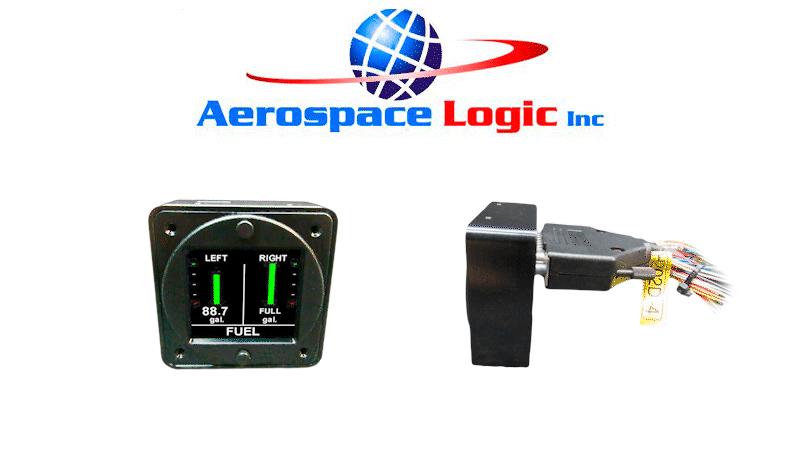
The FL20X instruments are advanced, next generation airborne fuel level reporting instruments that support from Two to Six fuel tanks using resistive, float type fuel senders.
Fuel level functionality is TSO’d and meets the repeatable accuracy requirements
Functional displays include:
- Graphical indication of fuel level in each tank
- Selectable digital fuel quantity for each tank
- Fully programmable color indication to meet all aircraft marking requirements
- Graphical fuel level indication, starting at power on
The FL202 instrument is TSO’d and STC’d as a primary replacement instrument under all flight conditions (day/night VFR and IFR). It is a requirement of the STC that this be the only fuel level indicator, when installed.
Cies Fuel Sensors
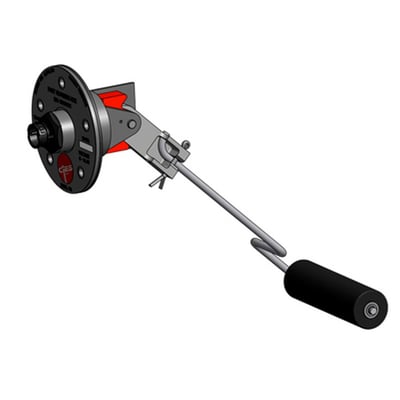
A better way to measure fuel. This Magnetic Field Sensor technology is patented by CiES Inc. for fuel level senders. These sensors use the basic premise that the electrical properties of certain ferromagnetic alloys, such as permalloy, are influenced by external magnetic fields.
Like a compass that always points to magnetic North, no matter how you move the fuel - these fuel level senders always point to the float sitting on the surface.
The CiES digital fuel quantity system utilizes a high technology sensor system that allows repeatable accurate measurement of fuel in aircraft tank.
This high technology and patented sensor system allows fuel measurements down to a change in fuel level to less than 0.03 of an inch. This measurement represents much less than 10ths of a gallon of AVGAS or Jet A.
The non-contact measurement method insures a lifetime of operation providing the same consistent fuel level output in the cockpit with modern digital fuel indication.
